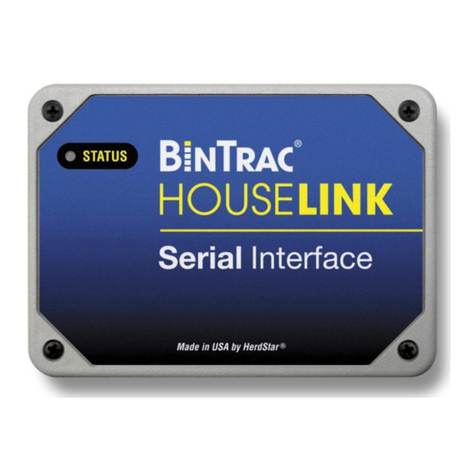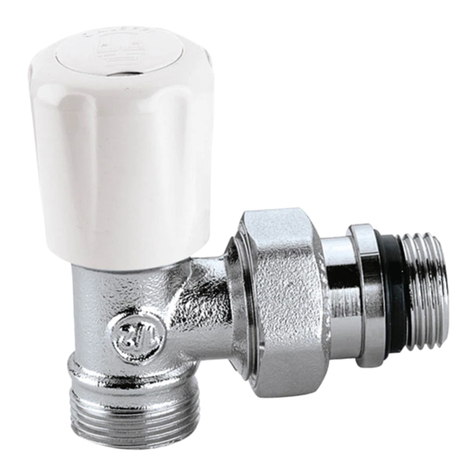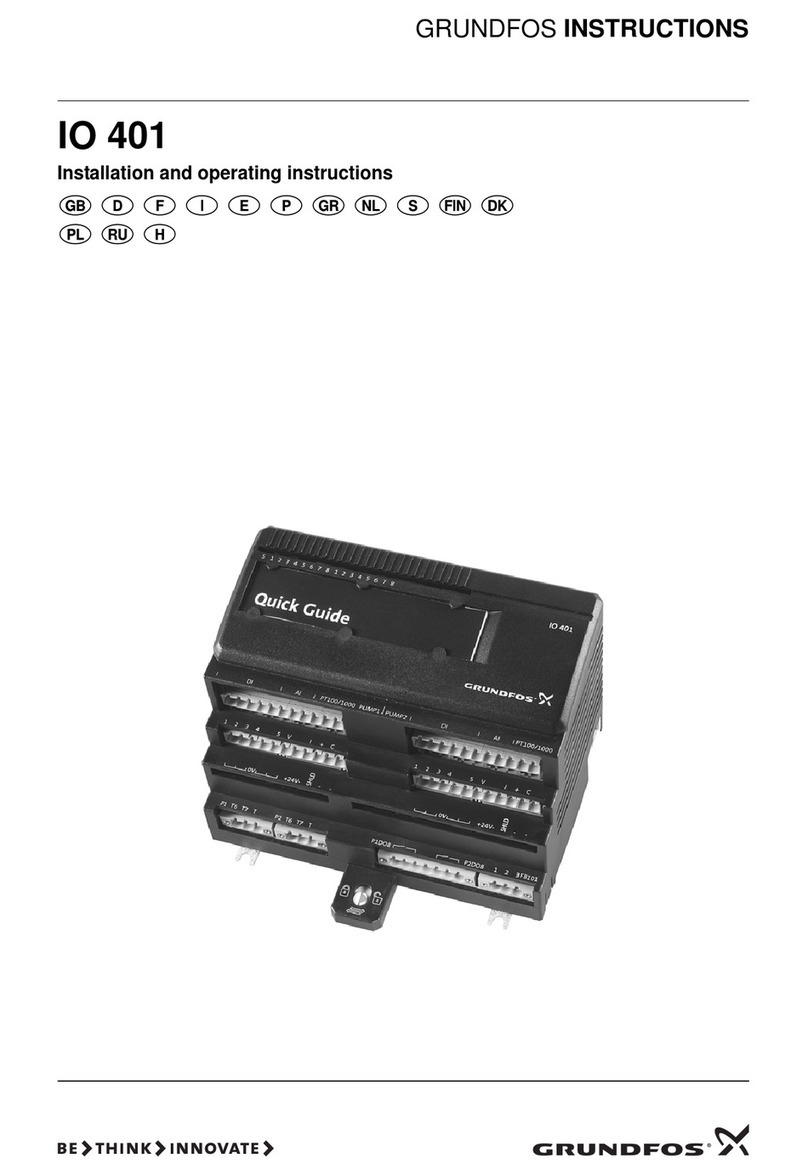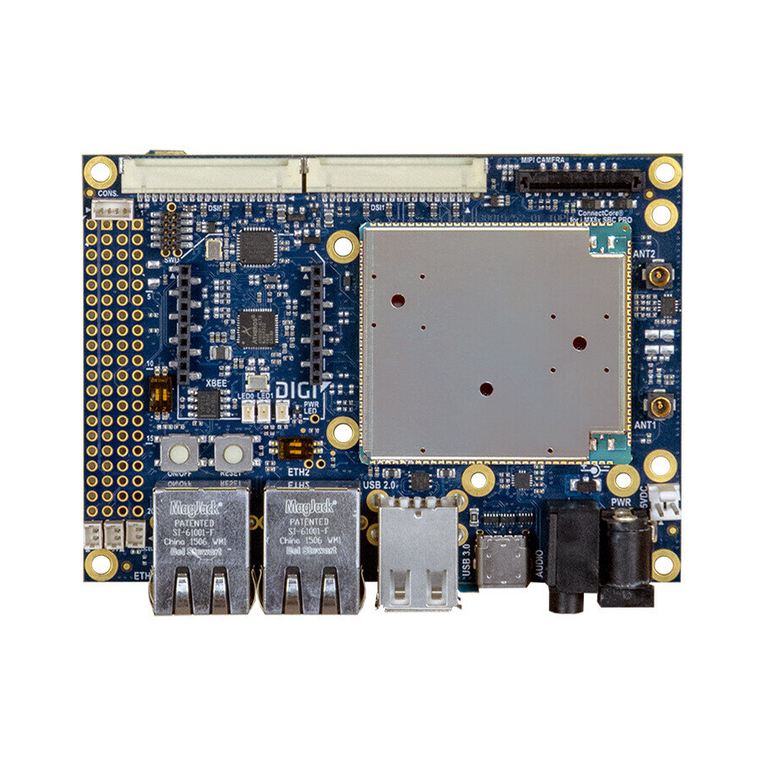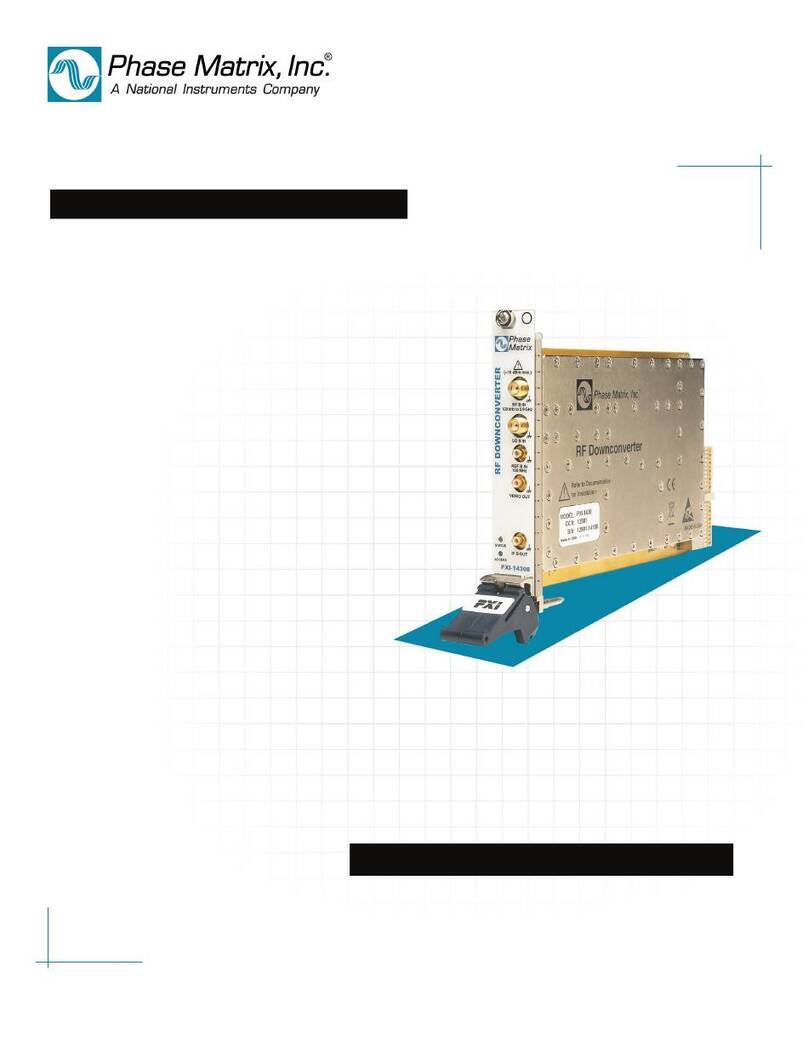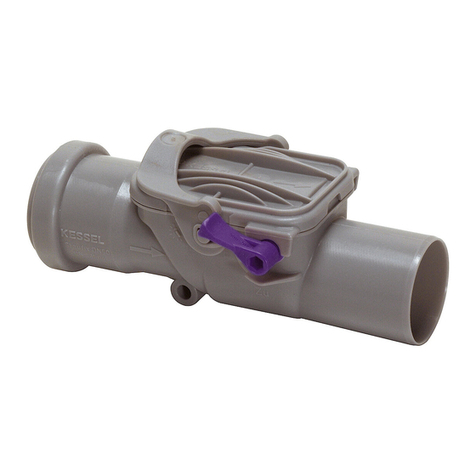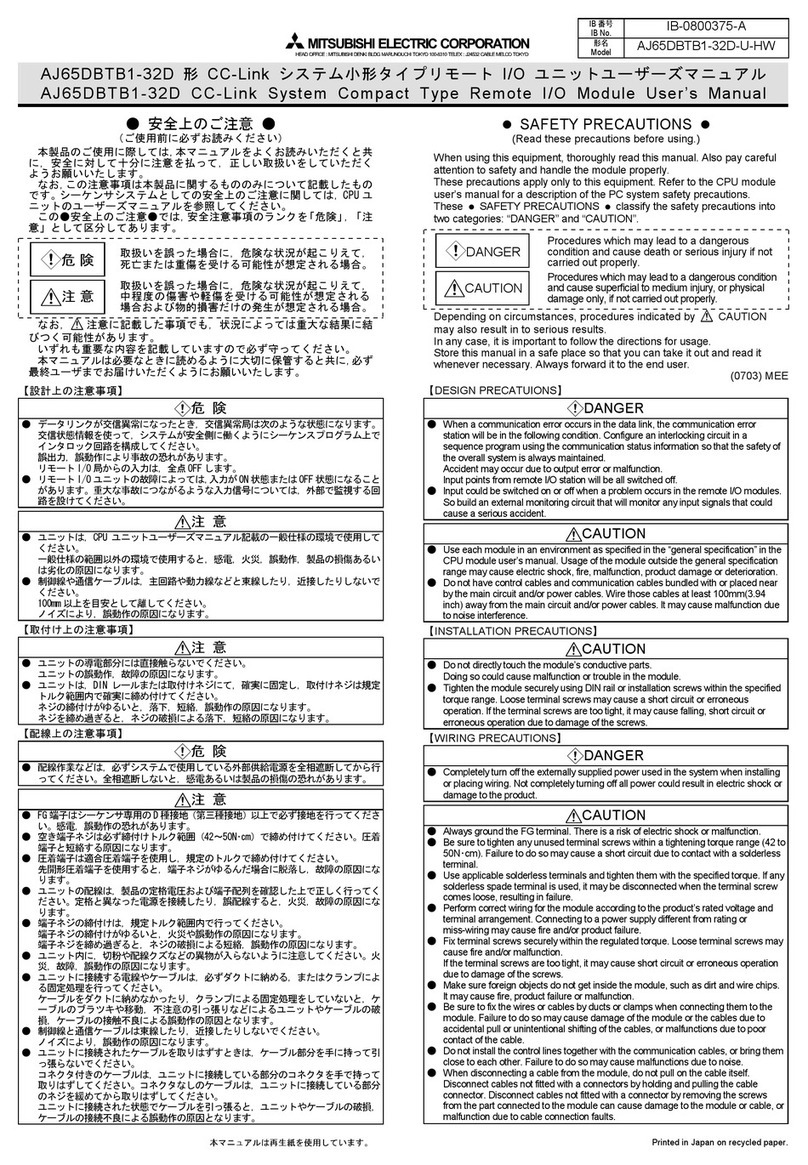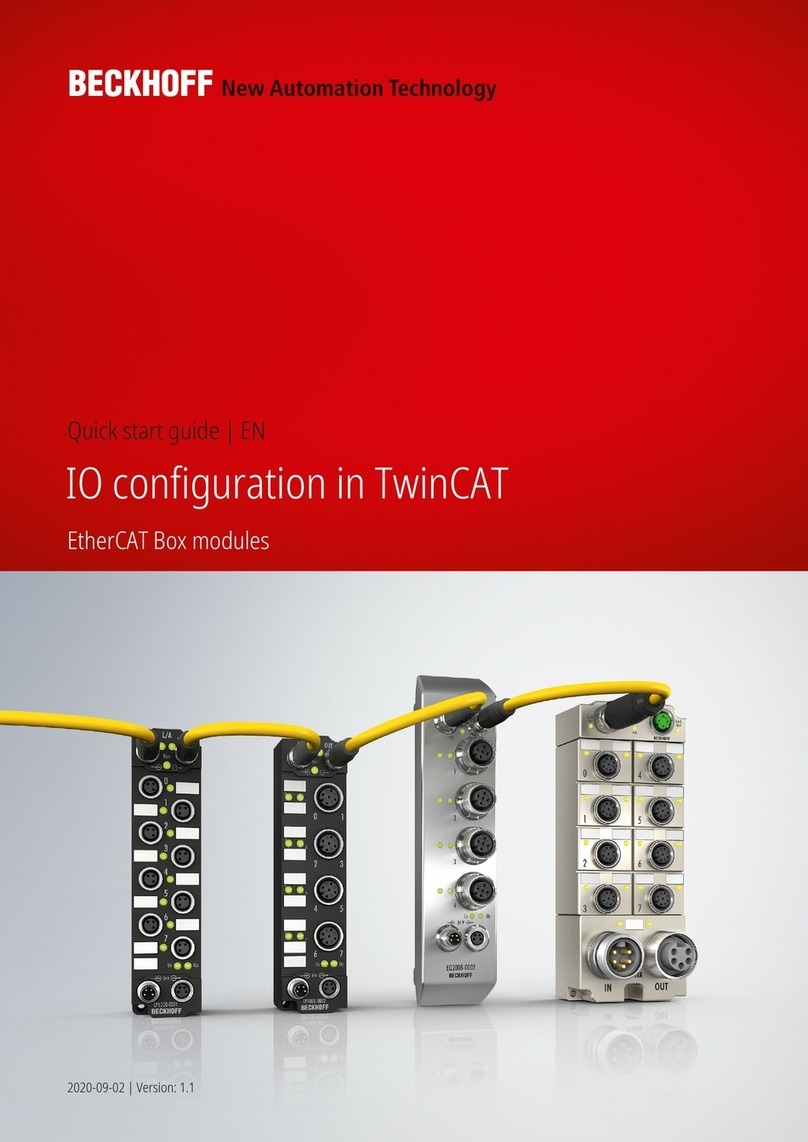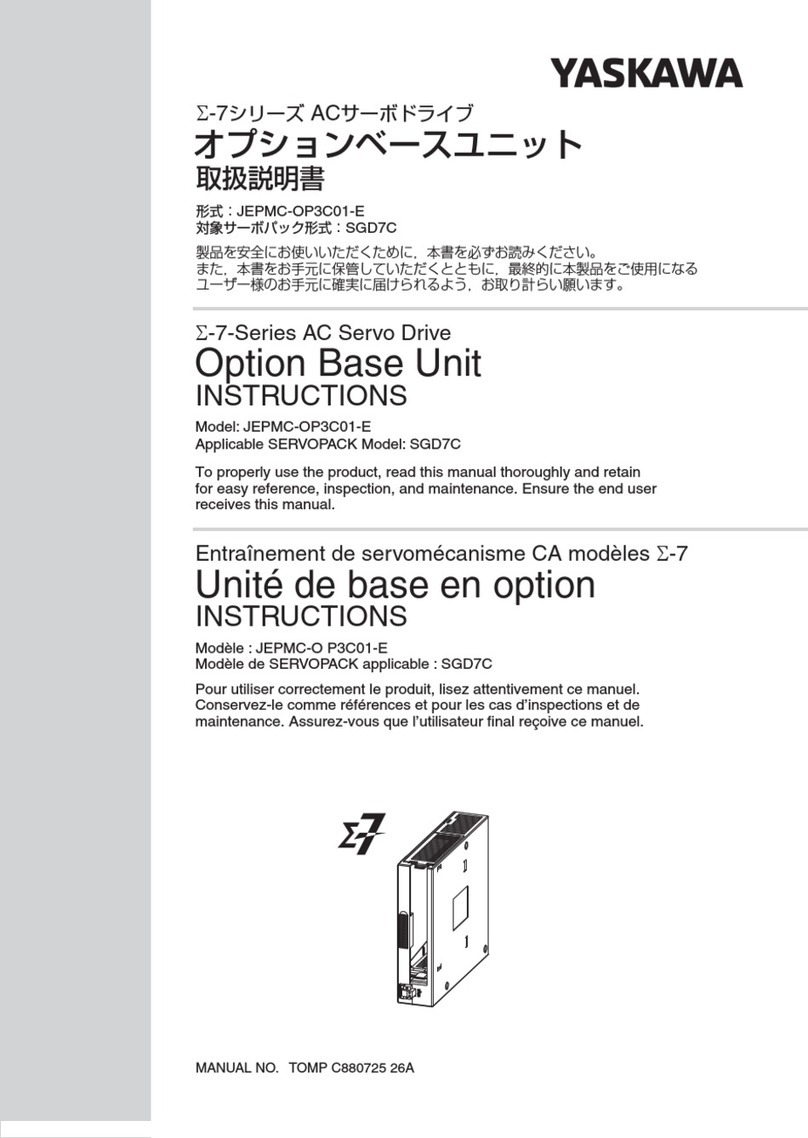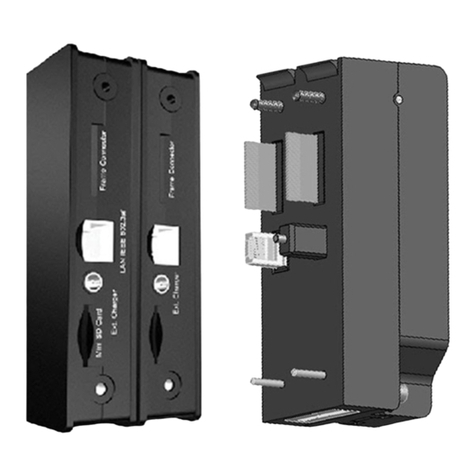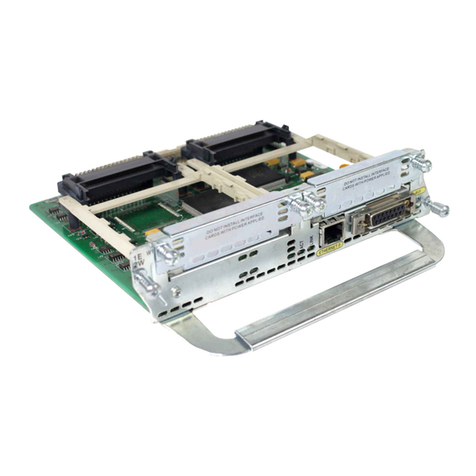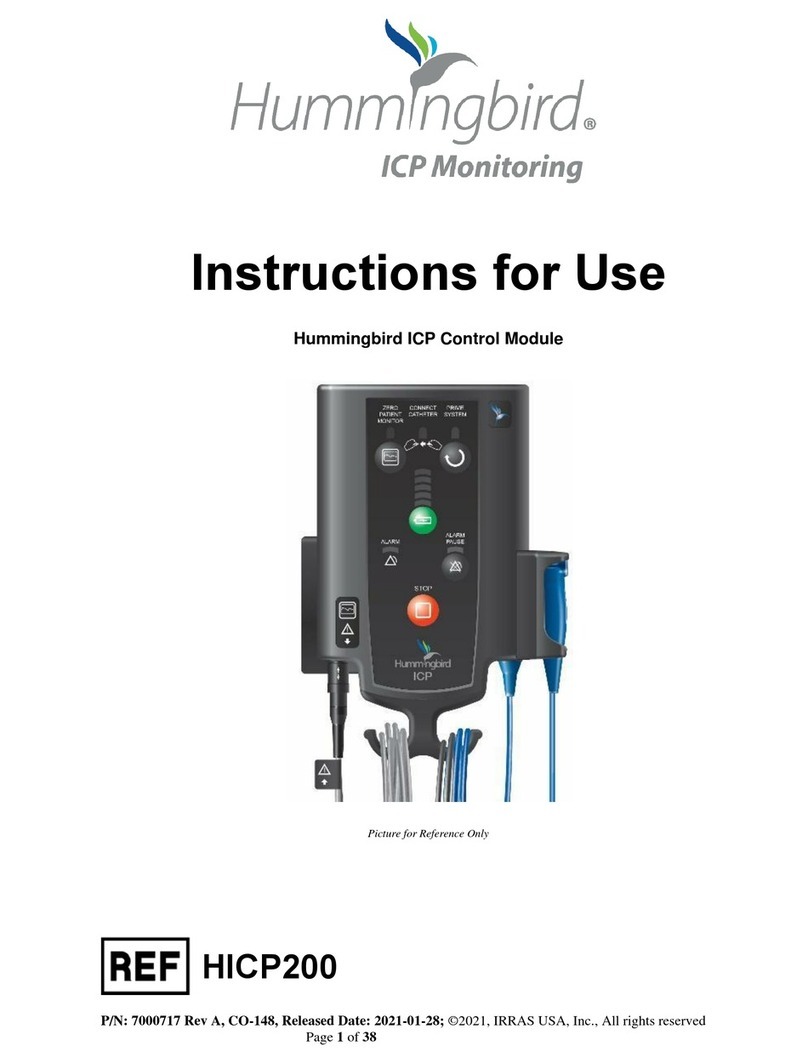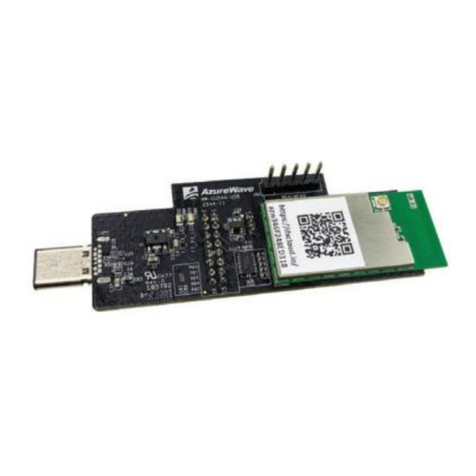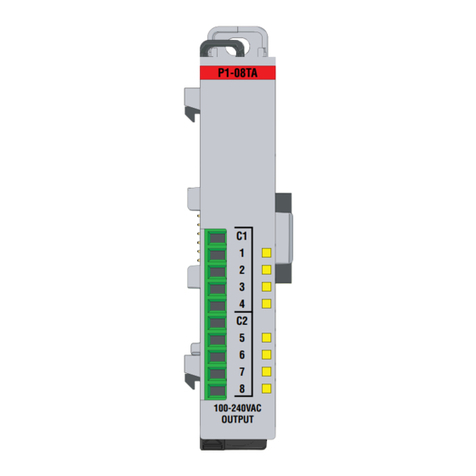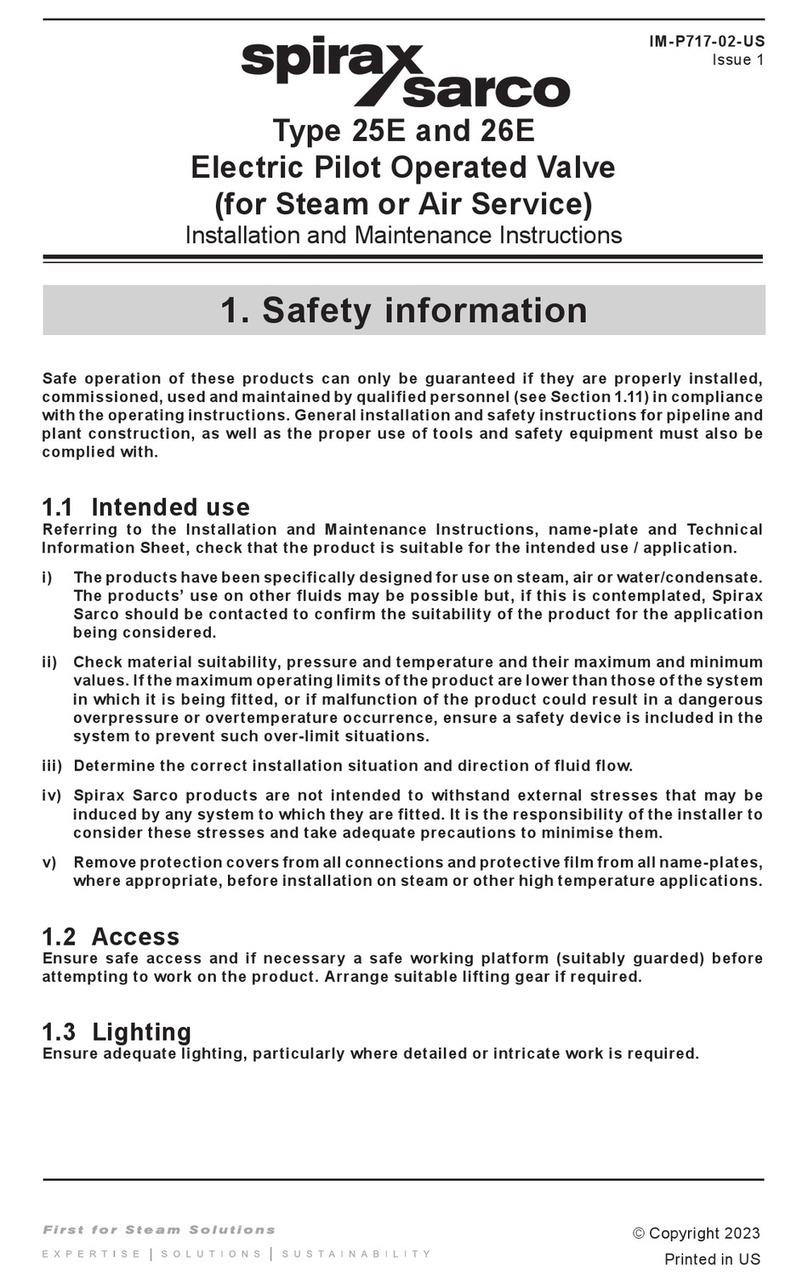
INSTALLATION
MOUNTING OF
CELP VOICE
CHANNEL
MODULE
The CELP Voice Channel Module consists of two subassemblies, the
CELP base card and piggyback card. The CELP base card is a standard
GDC channel card 9 in. x 6.25 in. (22.86 cm x 15.88 cm) with edge finger
connections to the harness card on the opposite side to the front panel.
The CELP Voice Channel Module piggyback card is 6 in. x 4.6 in. (15.24
cm x 11.43 cm). It mounts onto the base card with the component side fac-
ing down via two sockets. Standoffs provide 0.5-inch (1.27-cm) spacing be-
tween the cards.
The CELP Voice Channel Module mounts into an empty channel slot in
the TMS-3000, TMS Compact, Univ. MM+ V4 or MINIMUX TDM.
Connections to the 4-wire VF line are made via standard GDC voice
channel cables (refer to Table 2-2).
TABLE 2-2. VOICE CHANNEL CONNECTION CABLES
GDC Cable No. Description Application
027H306 Voice Channel, DB-25 connector to spade
lugs Single channel connection; tip, ring, E-lead, M-lead, and
ground brought out to spade lugs. Available in 5-,15-, and
25-foot lengths.
027H409 Voice Channel, DB-25 connector to punch-
down wire leads Single channel connection; tip, ring, E-Lead, M-Lead, sta-
tion battery, signal and station ground brought out to wire
ends for punch-down applications. Available in 5-, 15-,
and 25- foot lengths.
326H024 TMS-3000, TMS Compact, MM PLUS or
MINIMUX TDM to PBX;
DB-25 connector to 50-pin Amphenol
connector. Up to 8 voice channels.
Used to connect up to 8 voice channels to private branch
exchange. 5-foot length only; requires 021H605-025 ex-
tension cable.
326H025 8-channel harness; DB-25 connector to
50-pin Amphenol connector Used to connect up to 8 voice channels to facility.
Transmit and receive leads crossed over. 5-foot only.
Requires 021H605-025 extension cable.
326H026 6-channel harness; DB-25 connector to
50-pin Amphenol connector Used to connect up to 6 voice channels to facility.
021H623 TMS-3000, TMS Compact, MM PLUS or
MINIMUX TDM to Tellabs 266D shelf (6
voice channels)
Used to connect up to 6 voice channels to Tellabs 266AR
shelf. Available in 5- or 15-foot lengths.
021H622 TMS-3000, TMS Compact, MM PLUS or
MINIMUX TDM to Tellabs 266XR-12 shelf
(12 voice channels)
Used to connect up to 12 channels to Tellabs 266AR
shelf. Available in 5- or 15-foot lengths.
830-002S008 50-pin Amphenol male to male extension
cable (25 pairs) Used to connect 50-pin cables above to customer voice
termination point (demark), (voice channel to PBX).
830-002S007 50-pin Amphenol male to female
extension cable (25 pairs) Used to connect Tellabs shelf to customer voice termina-
tion point (demark) (Tellabs Shelf to PBX).
2-4




















